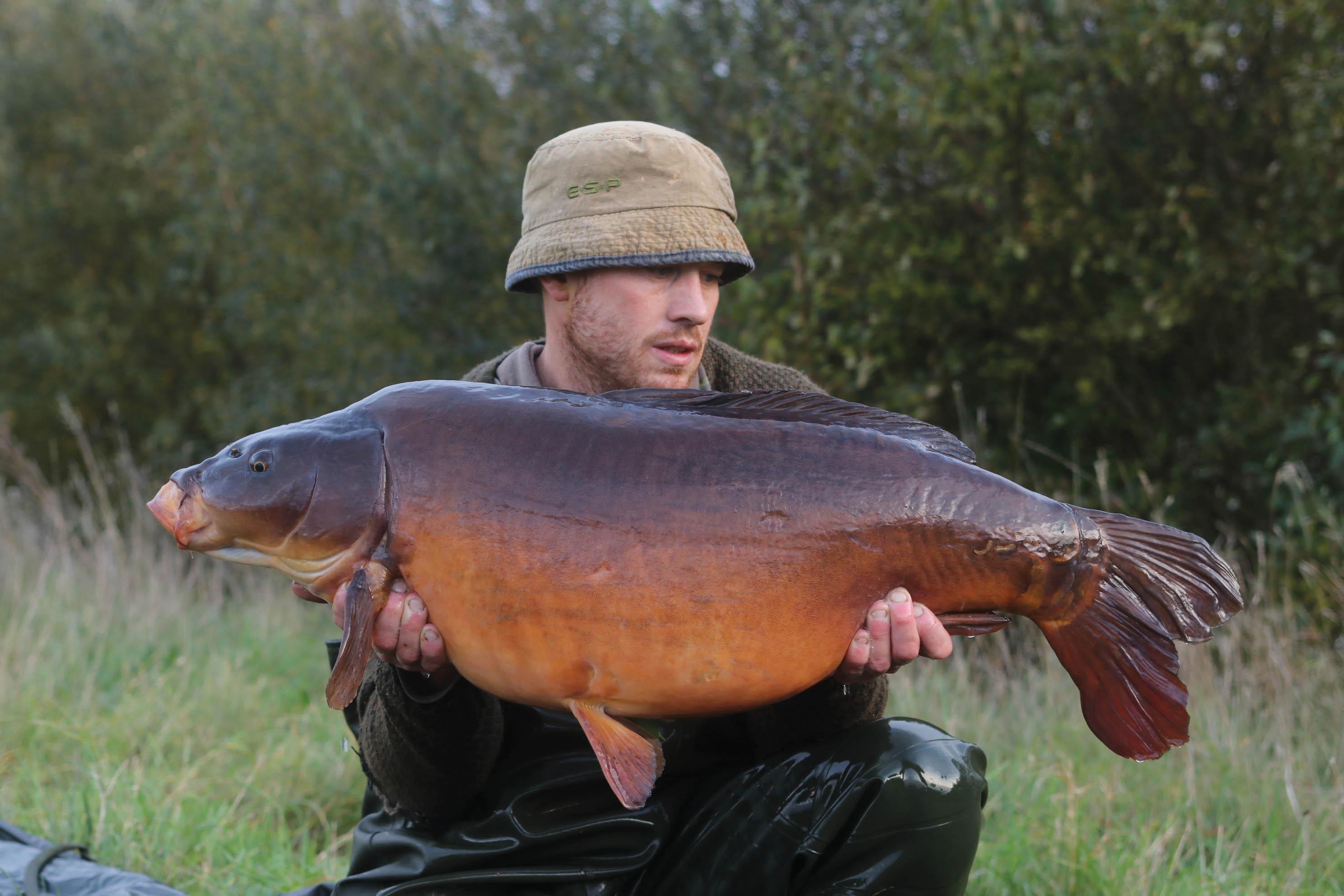What Lies Beneath...
We talk to Micky Clark about how a waters rebirth brought about the chance to target some particularly elusive and rather special carp...
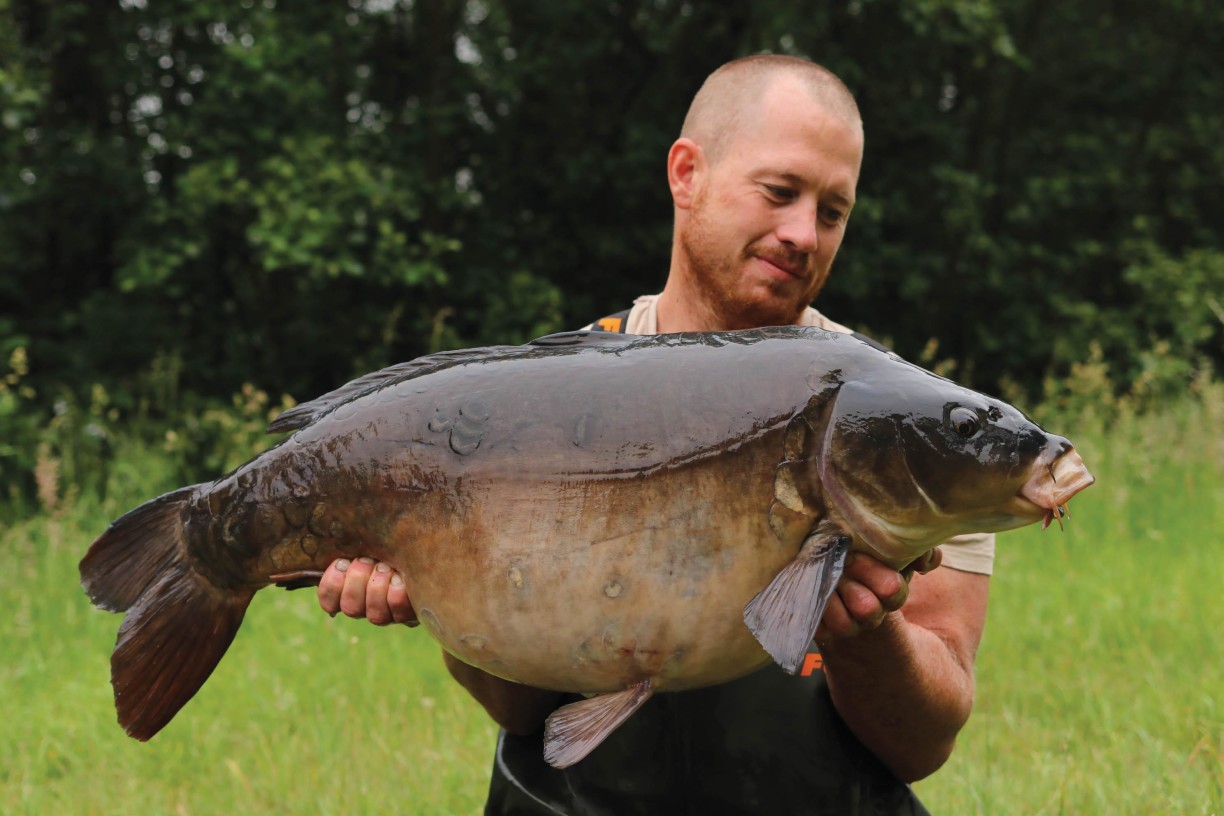
When did you first hear about the Snaggy Pit, and what made you want to get a ticket at the time?
“It was around 2016 when I first heard about the water, through James Armstrong. The complex had been closed for a number of years due to the foot-and-mouth crisis in the early noughties, and after that, they simply never reopened it. Eventually, many years later, a lucky group of anglers—James being one of them—managed to fish the lake and get a flavour of what the unknown wilderness had become, and had to offer.
“It was James’ photographs of fish from the pit that really caught my attention. He’d had a common over 40lb, along with several back-up fish which looked equally as nice. There was also reported a sighting from a boat, of a huge mirror too, with massive scales along it and a super-wide frame. Eventually, it was banked, but there was absolutely no record of the fish ever being caught before, a tantalising prospect for any angler. The capture was even more special as it was a Dink-strain fish, with veritable roof tiles running down its back and dropping down to its flanks. To me, that’s what carp fishing is about, and the mystery surrounding it made that fish even more exciting.
“Throughout my first year on the waiting list, my friends kept me in the loop and sent over a few amazing photos to keep the fire burning. After just one season on the waiting list, I managed to sort my ticket out for the following year, and I was absolutely buzzing to get stuck into the place.”
You’ve been on for a number of years now, and you’ve caught some very notable fish in that time. What keeps bringing you back to the lake?
“Fast-forwarding to the present day, I am now three seasons into my angling on the Snaggy Pit. It has been one hell of a journey, which is the very reason I have kept my ticket. There’s still a lot of mystery surrounding the lake. In fact, the three biggest fish have remained un-captured throughout this time! The big scaly, and the two big commons have evaded some seriously good anglers, and seem to be totally immune to capture, shall we say. But for me, that will make the moment all the sweeter when it all finally comes to fruition.
“In all honesty, I would take any of the big three; you can’t really pick and choose when they have done just a handful of captures in their entire lifetime! It’s not like they have died and gone missing either; the fish are regularly seen from boats, but just never seem to get caught. Each year, there are a few new ones that appear from nowhere, some of which are thirty-pounders, immaculate in every single way, with no record of ever being caught. The thought of these fish and the main big ones keeps me going, as you never truly know when one will turn up.
“The lake itself is also right up my alley. It may look daunting, but after a few years I feel like I know it quite well. It simply offers everything I want in my angling. The fish themselves, combined with the quiet banks and diverse angling situations make it one of the best lakes around, in my opinion.”
The fishing scenario is certainly one that poses a unique approach to your angling. Does this keep the campaigns fresh and exciting?
“The whole angling scenario around the Snaggy Pit keeps you fresh, that’s for sure. It’s so unique and special, it’s hard to get bored with it. There’s barely a weekend that goes by where I don’t want to get the rods out on there. Of course, the wild, crazy-looking snags are synonymous with the lake. Trust me when I say that they are savage! It’s practically mini-forests of bare trees, intertwined to form an impenetrable, safe fortress for the carp to live in. For me, it’s one of the main reasons why the bigger fish don’t get caught. They know the danger of the open water outside the snags, so they don’t feed there very often, if at all! Put it this way, if you had an unlimited supply of food in your house, but there was a bit more outside surrounded by bear traps, you wouldn’t eat the stuff outside would you! Whether we give the fish too much credit, I will let you decide, but they know we are fishing for them, there’s no doubt about it.
“Aside from the obvious snags, another aspect of the fishing on the pit that excites me is the use of a boat. Being at one with the water, directly above your potential spots gives you the ultimate advantage, and until you have done it, you don’t know what you are missing. The lake isn’t too deep, maybe 5ft average, and as such, you can see everything, from individual stones to the fish sunning themselves within the confines of the branches. The accuracy and peace of mind a boat gives you is so refreshing; you are always fishing perfectly, exactly where you want your rig to be.
“The final thing that really keeps me coming back is the solitude, and the escape from what can be a harsh world. There’s no bailiff down your neck 24/7, and the other members are super respectful of everyone else’s fishing; it’s almost like it is your own private lake to do as you please on. Common sense obviously prevails in this scenario, and I absolutely love the way the fishery is run, and the whole atmosphere on the lake.”
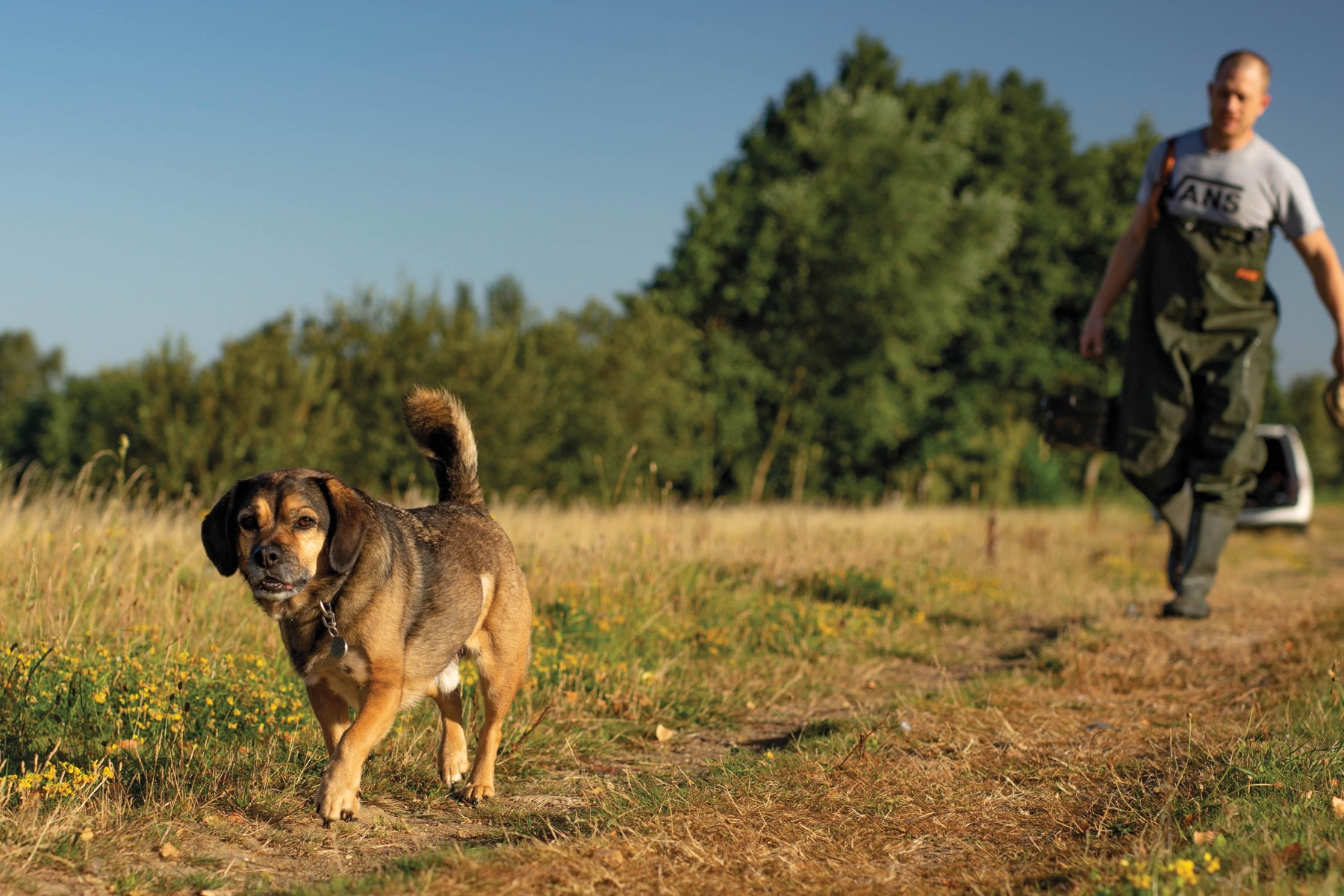
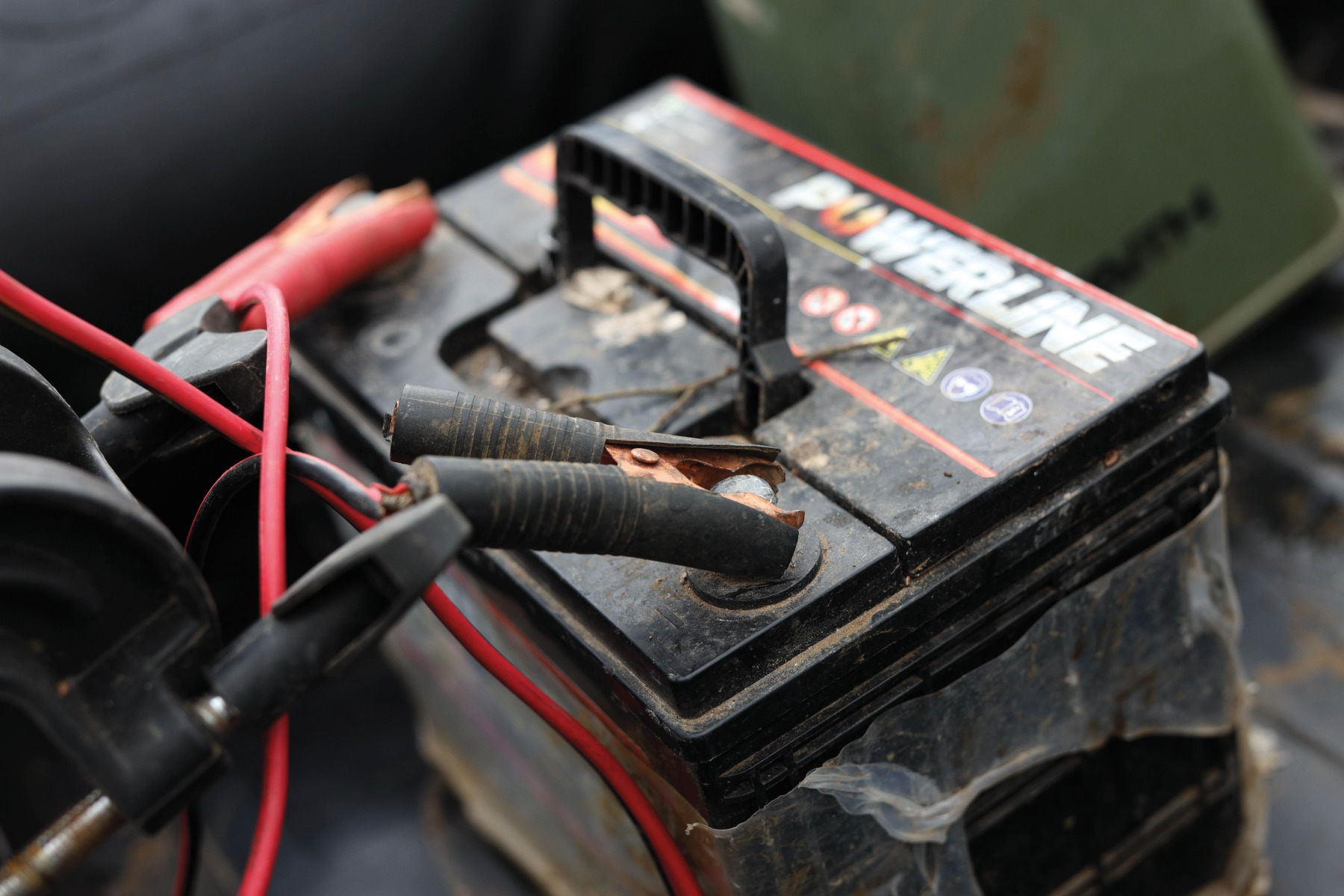
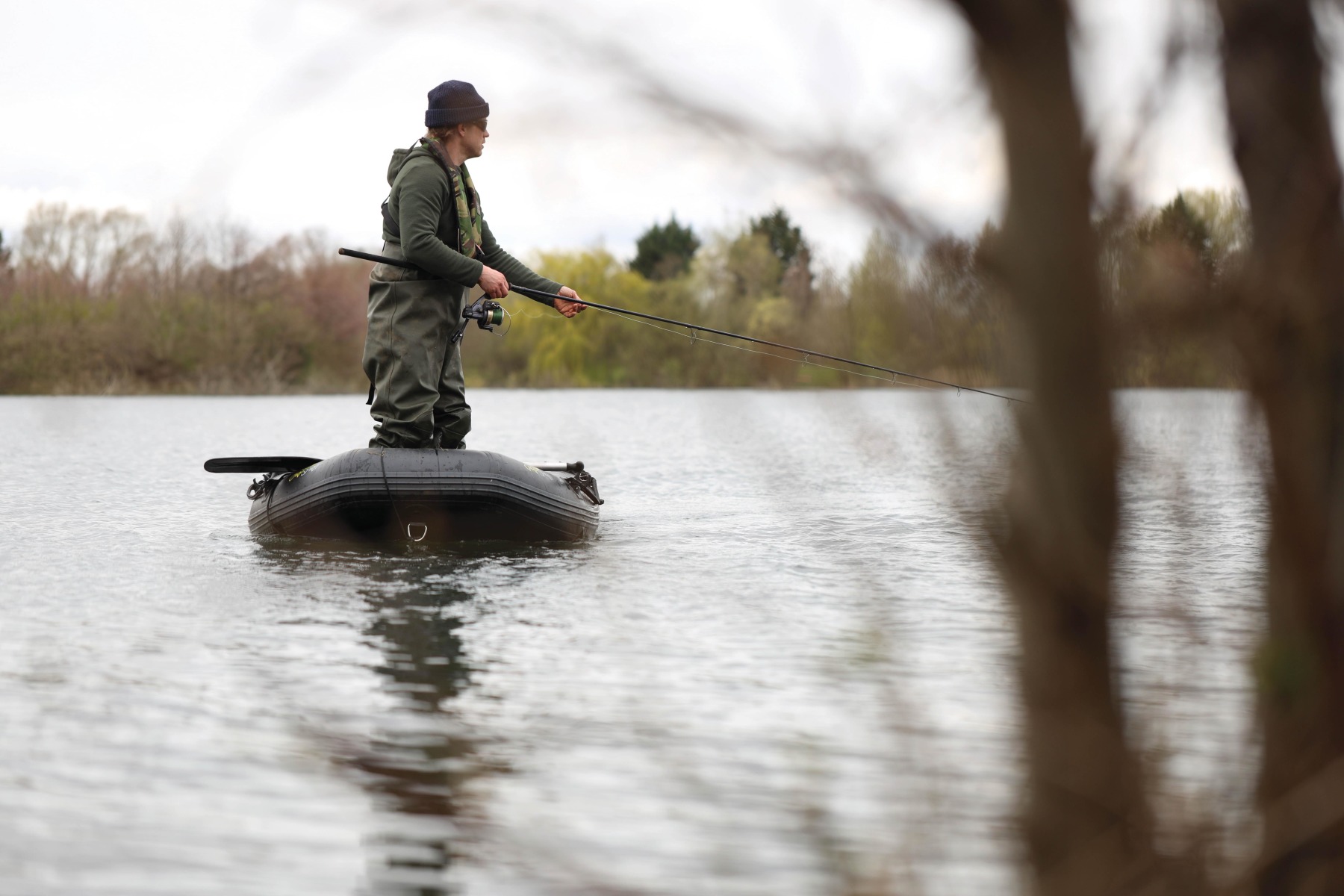
As an outsider looking in, a boat can often cause more problems than it solves, but I’m presuming the use of one on an open pit like this helps massively?
“When the lake is quiet—which is most of the time—you can mooch around in your boat after your session, and find new zones or see where the fish are holding for next time. The amount of time and effort the boat saves is insane, and I have no doubt that the fishing on the lake would be worse if you weren’t allowed to use them.
“One of the main things that the boat has helped me understand is just how often we get done without us seeing the slightest bit of indication. It seems this happens a lot, particularly when using a lot of particles and small baits. By seeing it from the boat as clear as day, it gives me the opportunity to change my rigs accordingly, and really try to work out the best way of actually connecting with something.
“Even though the boats are an edge, there are a few drawbacks, one being that everyone can easily see your baited spots, just as you can yourself. Thankfully, people do tend to leave you alone, but they could potentially use what they see to gain an advantage. As well as this, because everyone has access to a boat, when the lake is busy on a weekend, there are often a few on the water. This puts the fish on edge and can be a massive hindrance. I think if there weren’t as many boats on the lake, the fish would move around a lot more during the day, as currently, they spend their days in the snags away from everyone bobbing about. It’s not difficult to work out… the vast majority of bites are through the night and the early morning period, which is the quietest time for boat traffic!”
As well as the Snaggy Pit, are there other waters you like to keep an eye on to mix things up?
“I do have a few waters which keep me busy between trips to the Snaggy Pit, the main one being my local park lake. Unfortunately, the venue has been shut for nearly two years now because of the pandemic, but before then it was a regular venue for midweek sessions after work. It’s the perfect place to keep me busy during the week. I can walk the dog around there and take a rod with me, just in case I see something to go on. I am hopeful that the lake will be open and back to normal again from 16 June.
“There’s a handful of others I frequent, but I don’t tend to go in full-bore on them; I just look for opportunities here and there. I pop down to these with the dog and a bucket of bait every now and then, just to keep things ticking over. One in particular has a fish which I saw a few seasons ago. It is a very big, rather special carp, and one I would love to catch one day.”
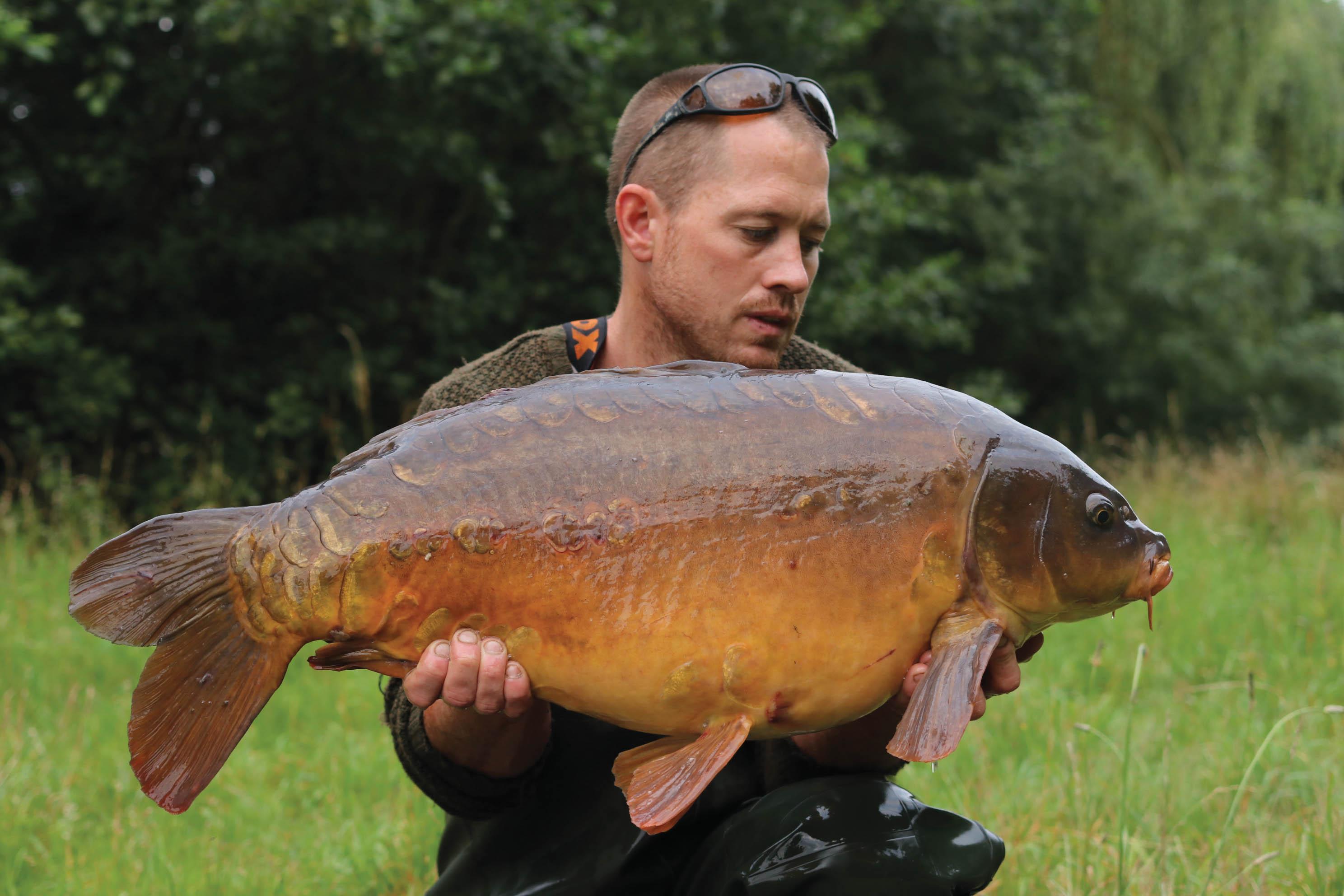
Your successes on the Snaggy Pit haven’t gone unnoticed. Without revealing all your secrets, is there anything particular in your approach which is helping massively with your ever-growing album?
“Bait is the most important part of my approach. Once you have sorted the location element first, of course, bait is certainly next in line. Like many have said before, pre-baiting is an edge, and if you don’t do it, then you are missing a trick! If the fish establish themselves on a food source supplied by you, it makes them infinitely easier to catch, especially if they can feed on it without getting caught between your fishing trips.
“Using last year as an example, I baited three areas or swims, with a maximum of four spots in each. If there were only a couple of spots within the swim that looked good for a bite, then I didn’t push my luck. The key was consistency: I kept the bait going in… not loads and loads, but enough to occupy the fish for a fair bit of time before they moved on, hoping that they got a taste for it, and more importantly, remembered where their free dinner was!
“Using the boat made the baiting part easy, as was identifying the spots to bait. There were clear feeding holes created by the carp and absolutely begging to be exploited. It’s important to mention that I never got disheartened if the spots weren’t visited for a week or two, as I knew when the conditions were right, that the fish would move in and take advantage of the free meal. It was vital to keep several areas baited around the lake, as quite often, the fish would move off an area if I caught a couple and wouldn’t return for a few weeks. I then bounced around my other areas, almost chasing the fish as they moved around the lake. This was the key to consistent results. It all started with the consistent baiting of the same spots on the lake, week in, week out.”
Working full-time and fitting fishing in, in-between must be a tough routine. How do you put yourself in the best position when it comes to an up-and-coming session?
“Without a doubt, I am very much at a disadvantage when it comes to my fishing, but if you want it to work, like anything in life, you must put the time and effort in. As such, I try and fish every weekend, and I even squeeze in short sessions between work on more local waters.
“In the week or so leading up to my sessions, I keep my eye on the weather and if it’s looking better on a Monday and Tuesday, rather than the weekend, then I take advantage of being self-employed. I can take the time off and make it up over the weekend, making sure I am always fishing in the best weather conditions. I also book time off around certain moon phases, as I believe they play a big part, especially if they are combined with good weather conditions. All of this together, helps me maximise my time on the bank and keeps the fish coming more consistently, rather than having to slog it out in terrible conditions for no reward.
“Last season, I made the effort to get down with a bucket of bait almost every Wednesday, which involved a four-hour round trip. This extra bit of effort, and the time invested in the week leading up to a weekend session certainly put more fish on the bank. If I was to give one bit of advice to the working man, as it were, it would be to go that extra yard, and bait up during the week, as it will just shorten the whole process.”
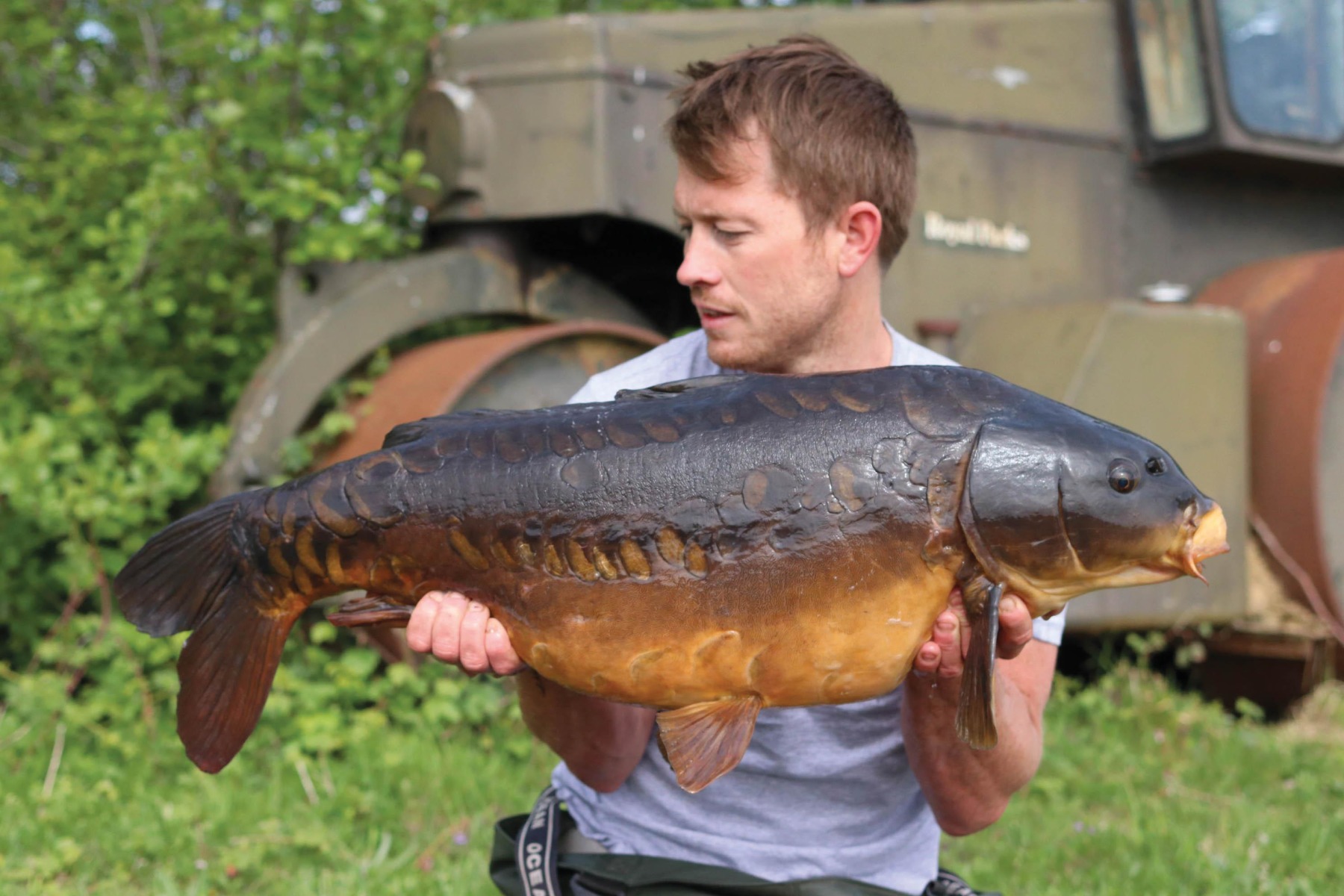
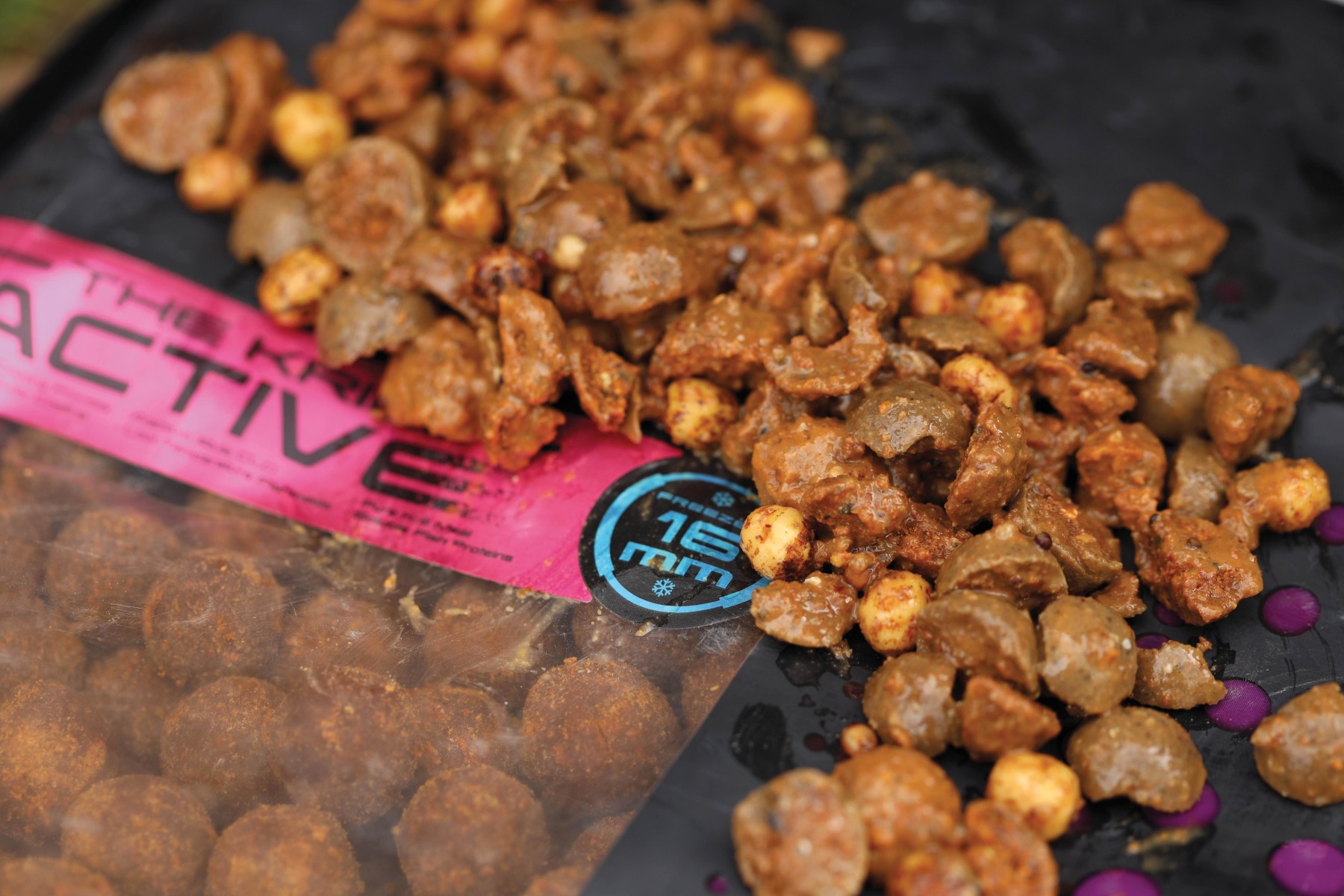
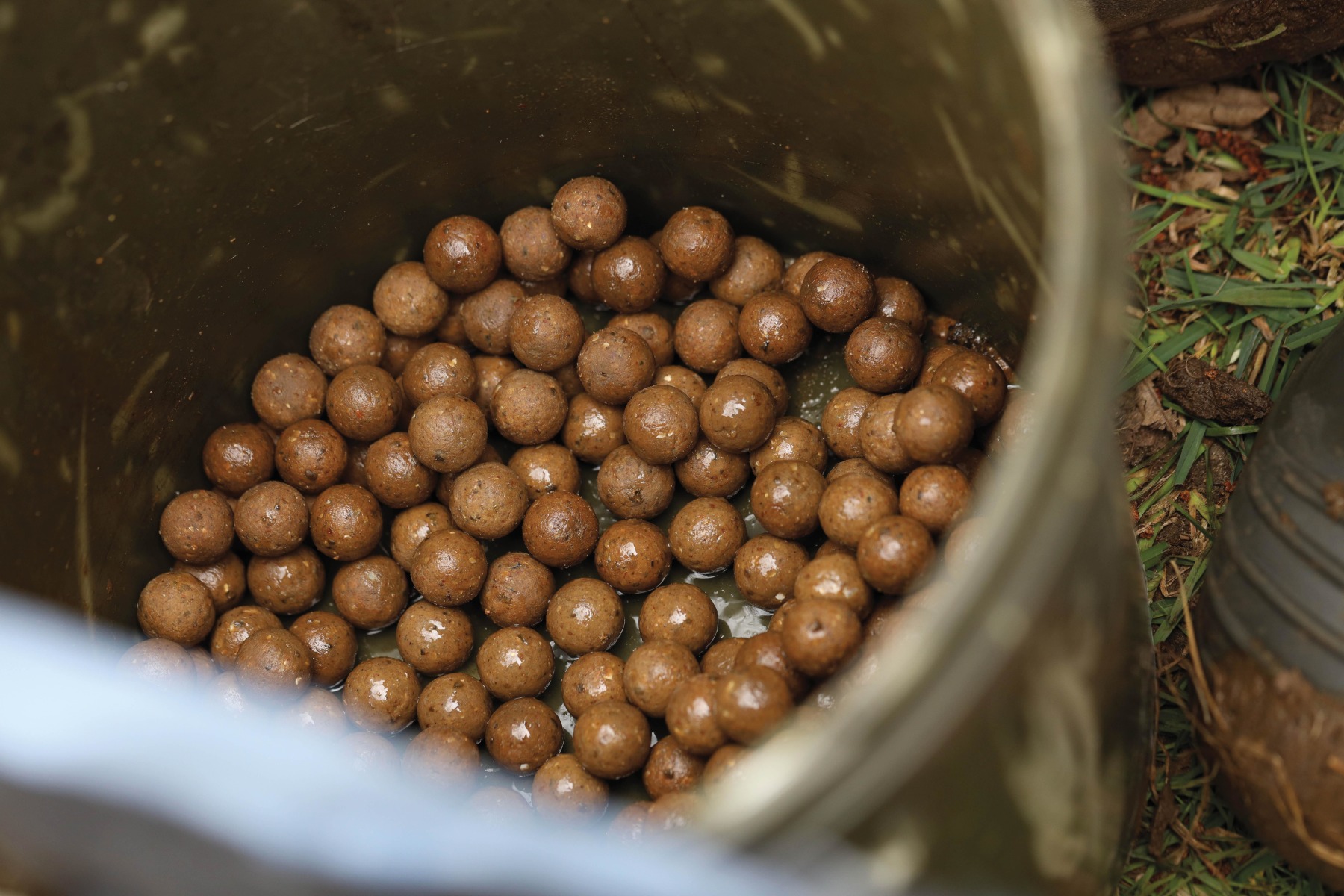
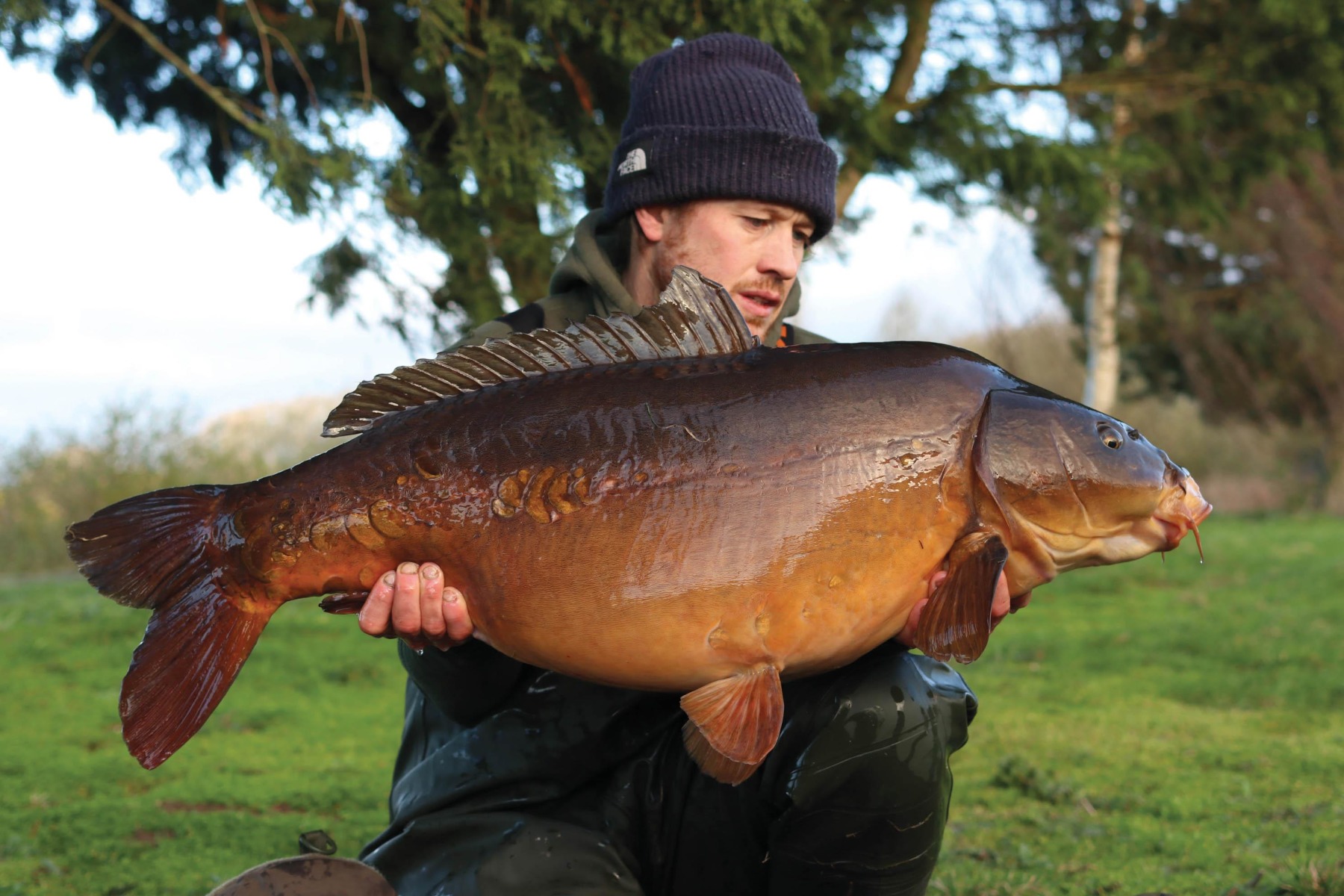
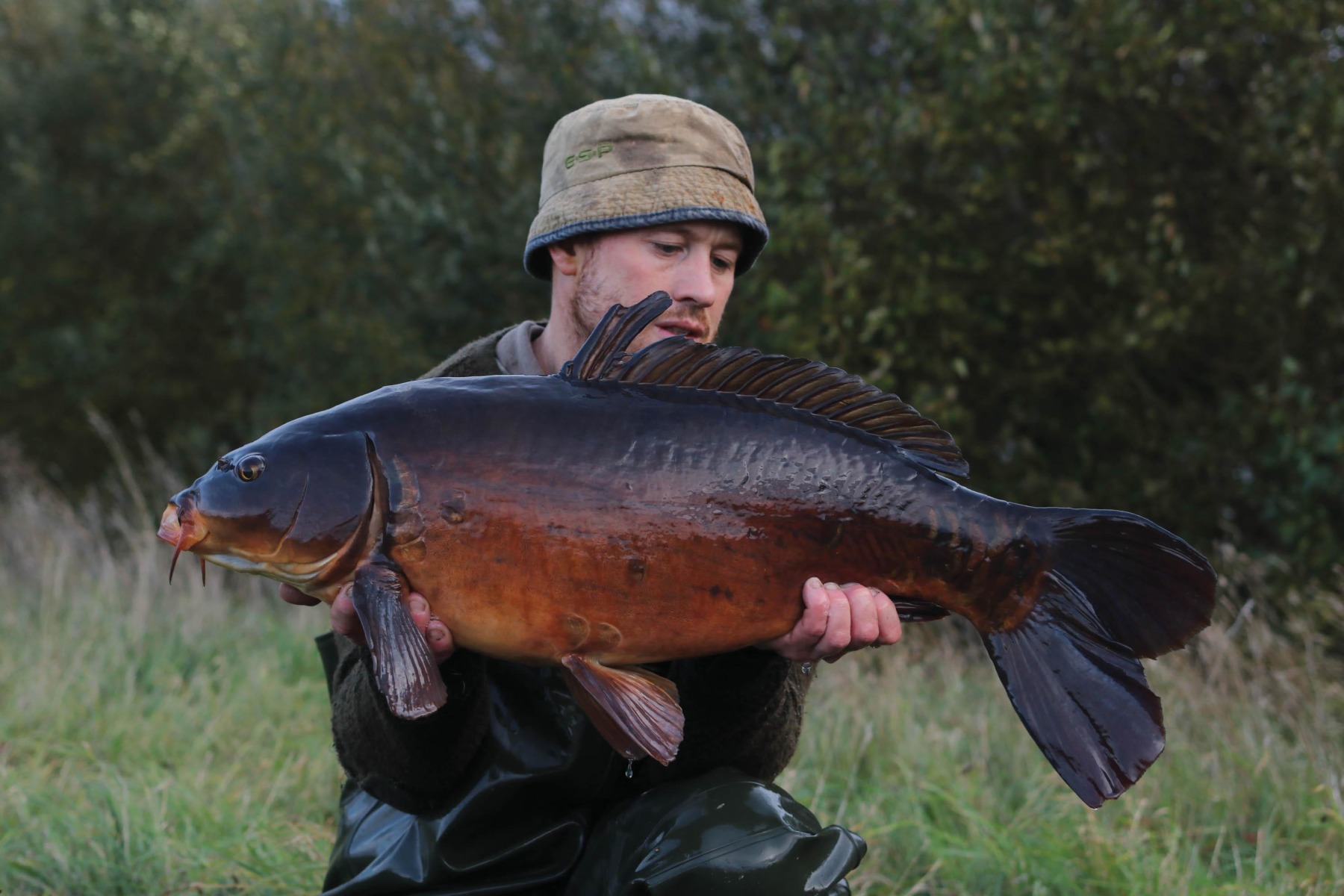
If you could pin a capture down and label it as one of your favourites so far, amongst the array of carp you’ve caught since joining, which would it be?
“It has to be a carp called the Long Island Fish, not just because of its weight, but for the whole history behind it. The fish actually used to live in a lake next-door called Long Island, and was thirty-pounds even in the nineties. Back then, that was a huge weight, and still is to most these days. It was probably a lot of anglers’ PB, or potential PB… those who were fishing or targeting it at the time.
“Now, going slightly off on a tangent, when foot-and-mouth disease hit in the early 2000s, I believe they netted a lot of the lakes and were going to rework them, with a view to take more gravel from them. As a consequence, that lake was one of the first to see a net drawn through it. Pretty much all the fish in there, then made their way into this particular lake and make up some of the stock. That fish must be in excess of forty-years-old, a true survivor. That carp has graced the nets of some great anglers, from all walks of life and generations, so to have my time with it, and be part of its history too, is something I’ll cherish. It’s not all about weight. The story behind these captures is what makes it for me, and will always be at the top of my priority list.”
